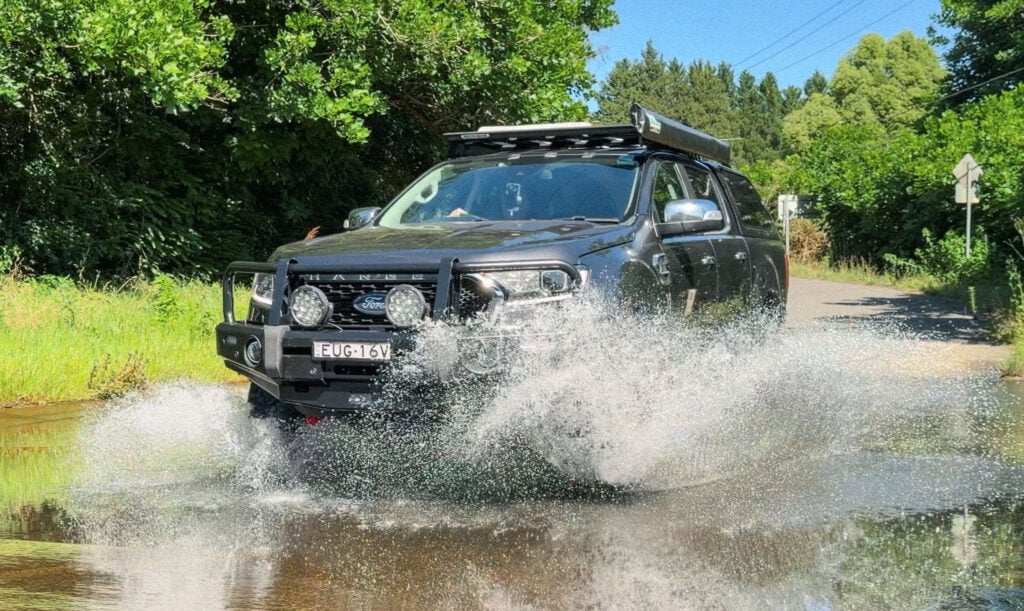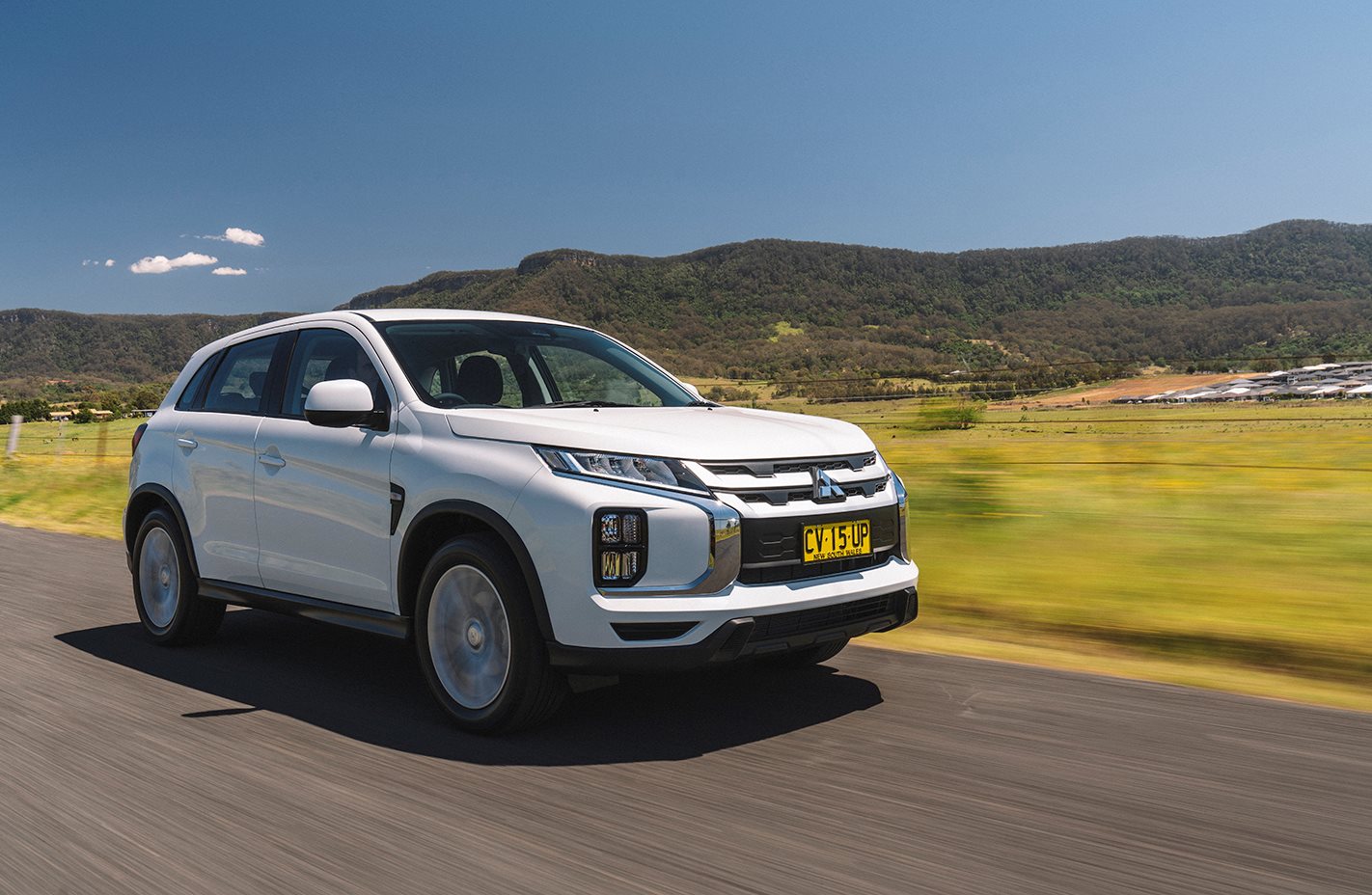
Score breakdown
Things we like
- Affordability, phone integration
- Spacious interior
- Five-year warranty
Not so much
- Dated design, cabin noise, lacklustre 2.0-litre petrol engine
What stands out?
The Mitsubishi ASX has more space inside than most small SUVs and drives nicely on country roads, with a comfortable ride and good steering. Mitsubishi’s smallest and most affordable SUV works very well with smartphones, comes with a five-year warranty, and autonomous emergency braking as standard.You can also read our review of the similar ASX this facelifted car replaced in September 2017.
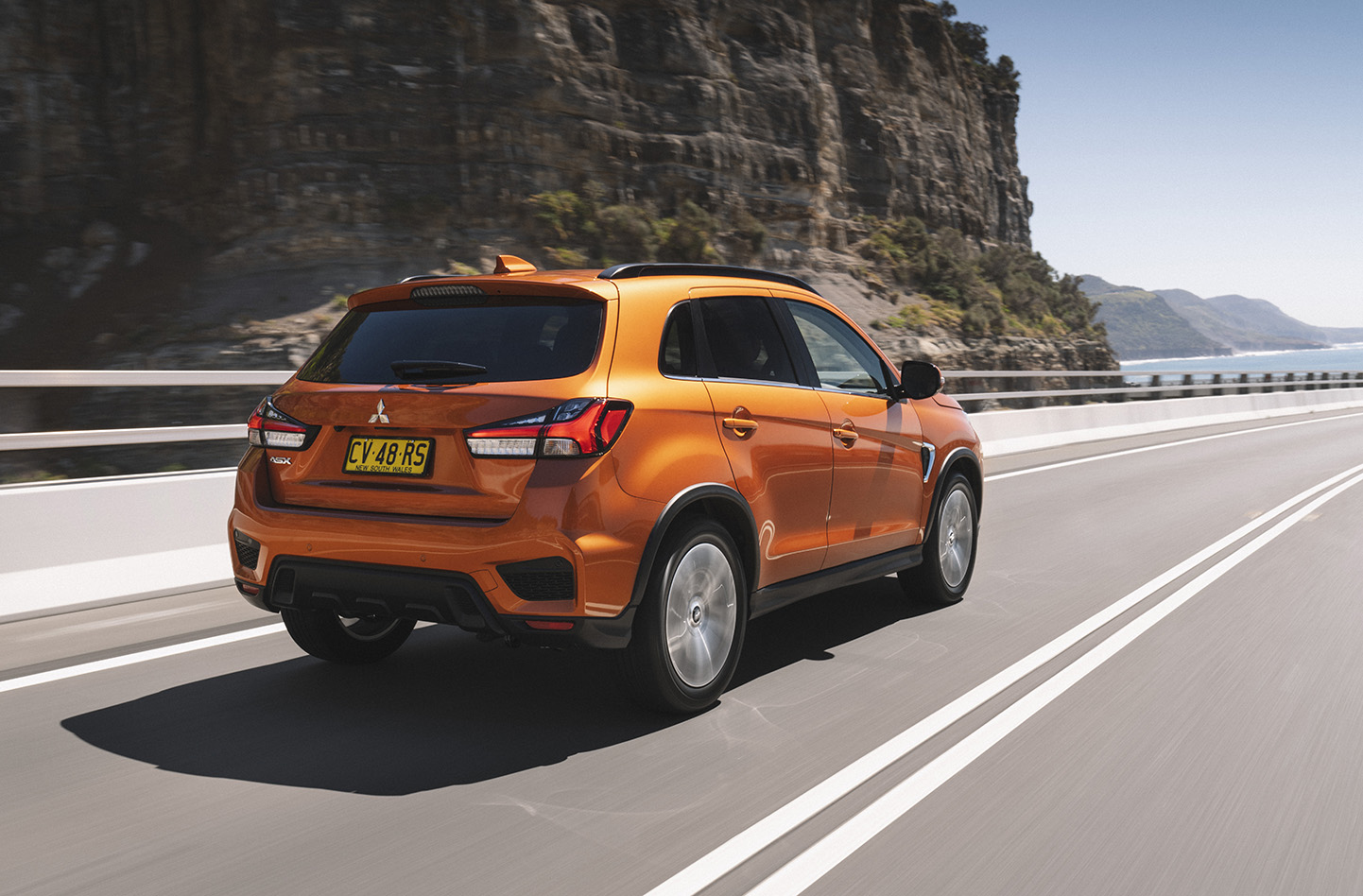
What might bug me?
Trying to communicate with rear seat passengers over the road and tyre noise.Putting up with the sluggish 2.0-litre petrol engine because the more powerful 2.4-litre is only available in the more expensive ASX variants.Driving at 80km/h on the space saver spare until you can fix your full-sized flat tyre.
What body styles are there?
Five-door SUV-type wagon only.All ASX versions have petrol engines that drive only the front wheels.The ASX is classified as a small SUV, lower priced.
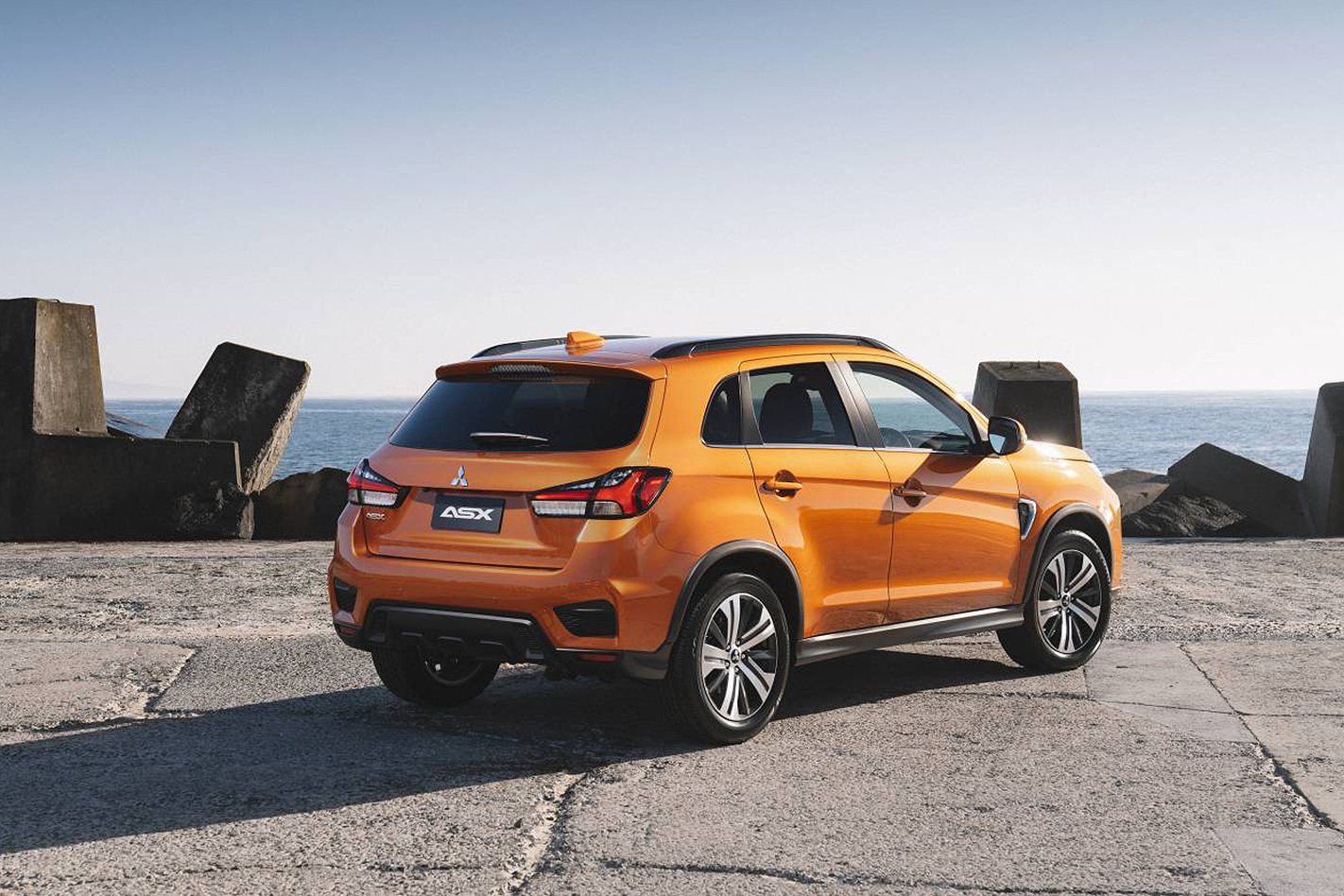
What features does every Mitsubishi ASX have?
- 8.0-inch colour touchscreen.
- A sound system with AM/FM and digital radio (DAB+) receivers, USB input, Bluetooth connectivity for phone calls and audio streaming (with voice control), and at least four speakers.
- Support for Apple CarPlay and Android Auto (via Mitsubishi’s Smartphone Link Display). Plug in a compatible smartphone and you can use some apps from the car’s central touchscreen – among them, navigation apps.
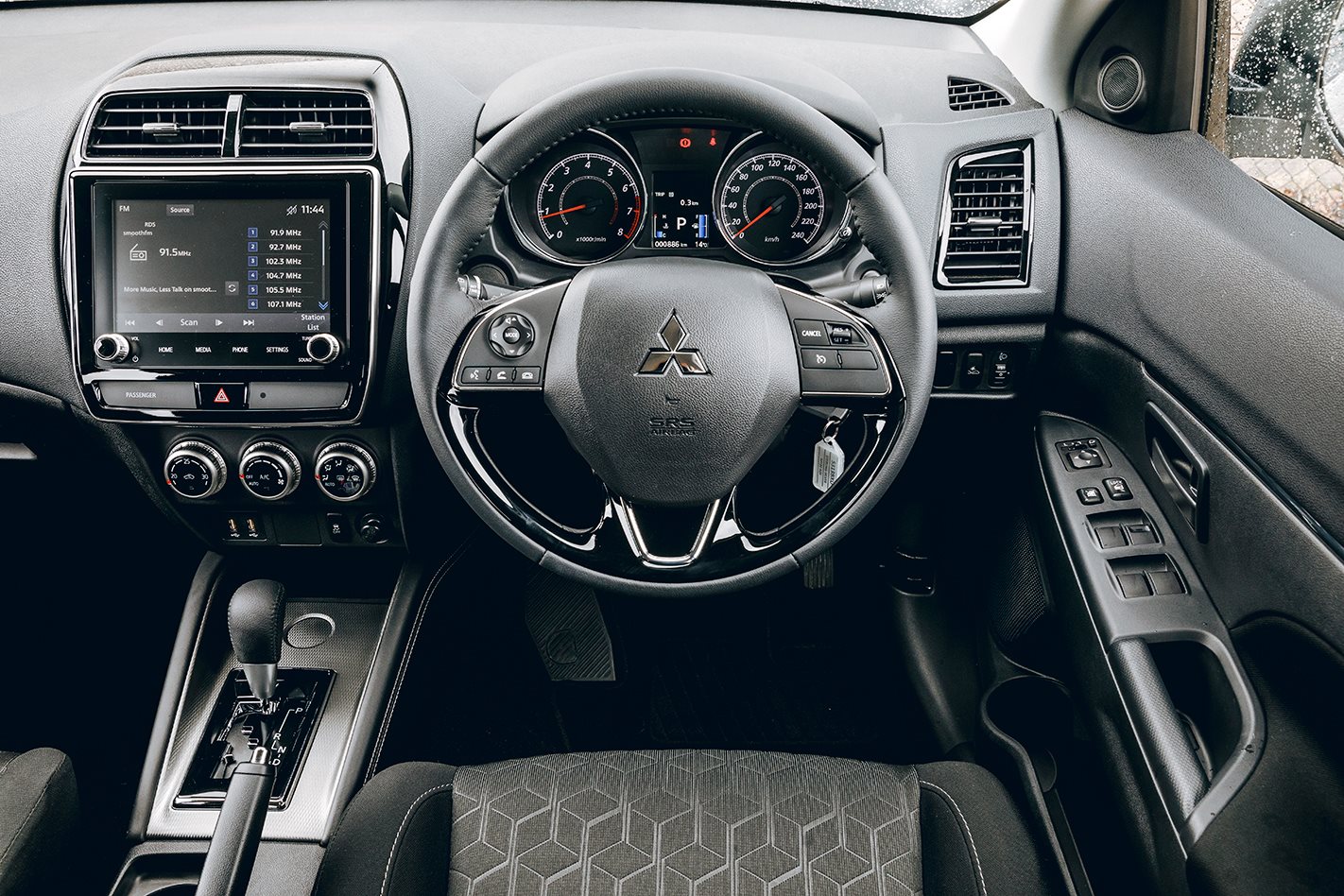
- Cruise control.
- Reversing camera.
- Climate control air-conditioning.
- A leather-wrapped steering wheel, adjustable for reach and height, that carries buttons for operating the cruise control, the sound system and your phone.
- Height adjustment for the driver’s seat.
- Autonomous emergency braking with pedestrian and cyclist detection.
- Eighteen-inch wheels made from an aluminium alloy (which look good without plastic trim).
- A space-saver spare wheel.
- Daytime running lamps, headlights, tail-lights and reverse lamps all illuminated by very long-lived LEDs.
- Hill-start assist, which controls the brakes automatically to help you take off from rest on uphill slopes.
- Power-operating and folding door mirrors.
- Auto-dimming rear-view mirror.
- Seven airbags. Anti-lock brakes, and electronic stability control – which can help control a skidding car. (For the placement of airbags, and more on Mitsubishi ASX safety features, please open the Safety section below.)
Which engine uses least fuel, and why wouldn’t I choose it?
The ASX range comes with two petrol engines including a 2.0-litre four-cylinder petrol engine that comes with a five-speed manual gearbox or a continuously variable (CVT) automatic, which brings better performance and fuel economy than most conventional autos.The 2.0 litre petrol engine uses 7.7 litres/100km in official tests (city and country combined) with the manual gearbox, and 7.6 litres/100km with the auto.A reason you wouldn’t want this engine is you’d prefer the bigger 2.4-litre four-cylinder petrol that provides considerably more power without too much of a penalty when it comes to fuel economy. The 2.4 litre comes with just the CVT auto and is only available in the more expensive GSR and Exceed versions.
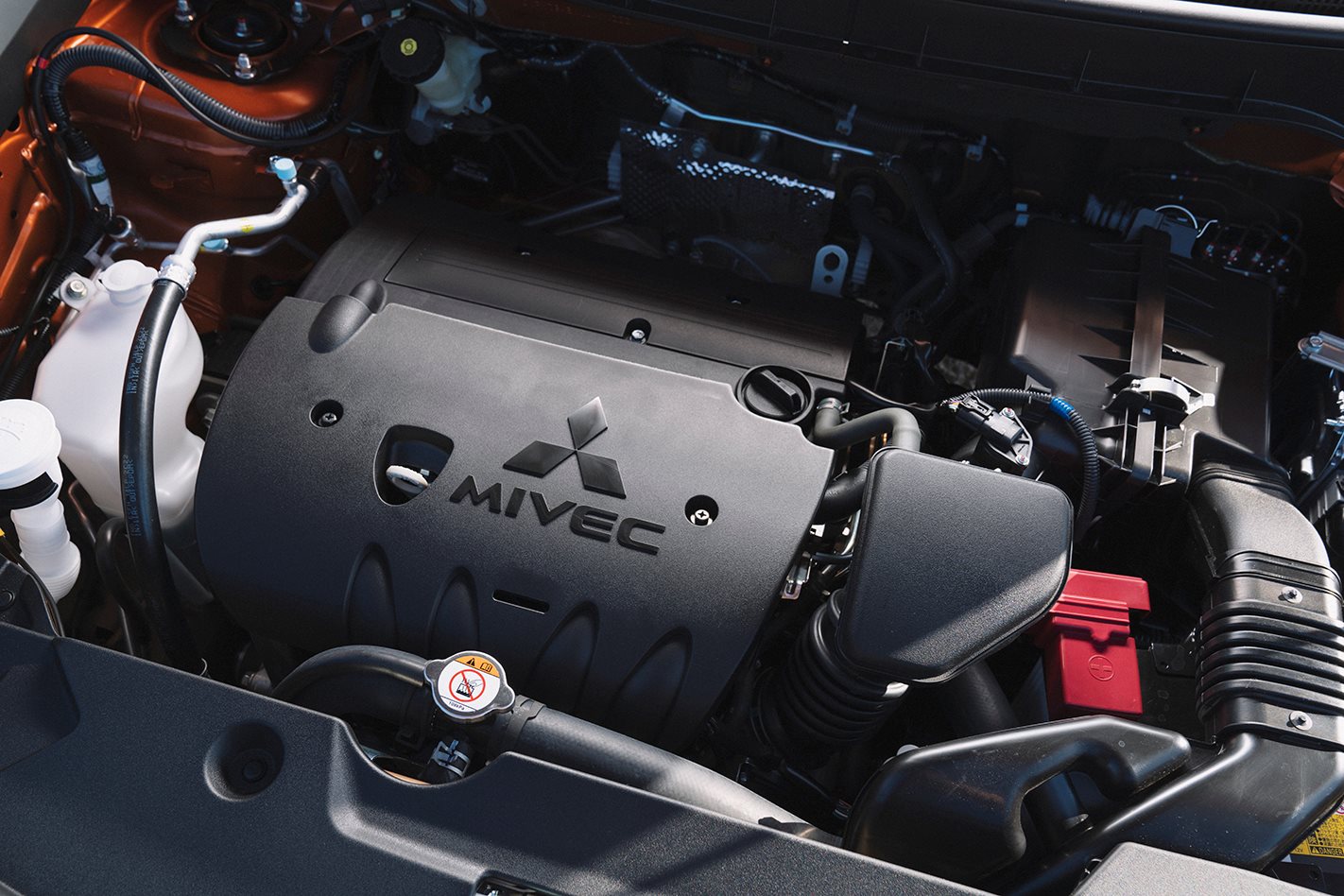
What key features do I get if I spend more?
The ASX now comes in five specification grades, each front-wheel drive.You can spend as little as possible and have an ASX ES. That will get you cloth seat trim, manual transmission, and the other features shared by every ASX. Auto transmission is an extra-cost option.
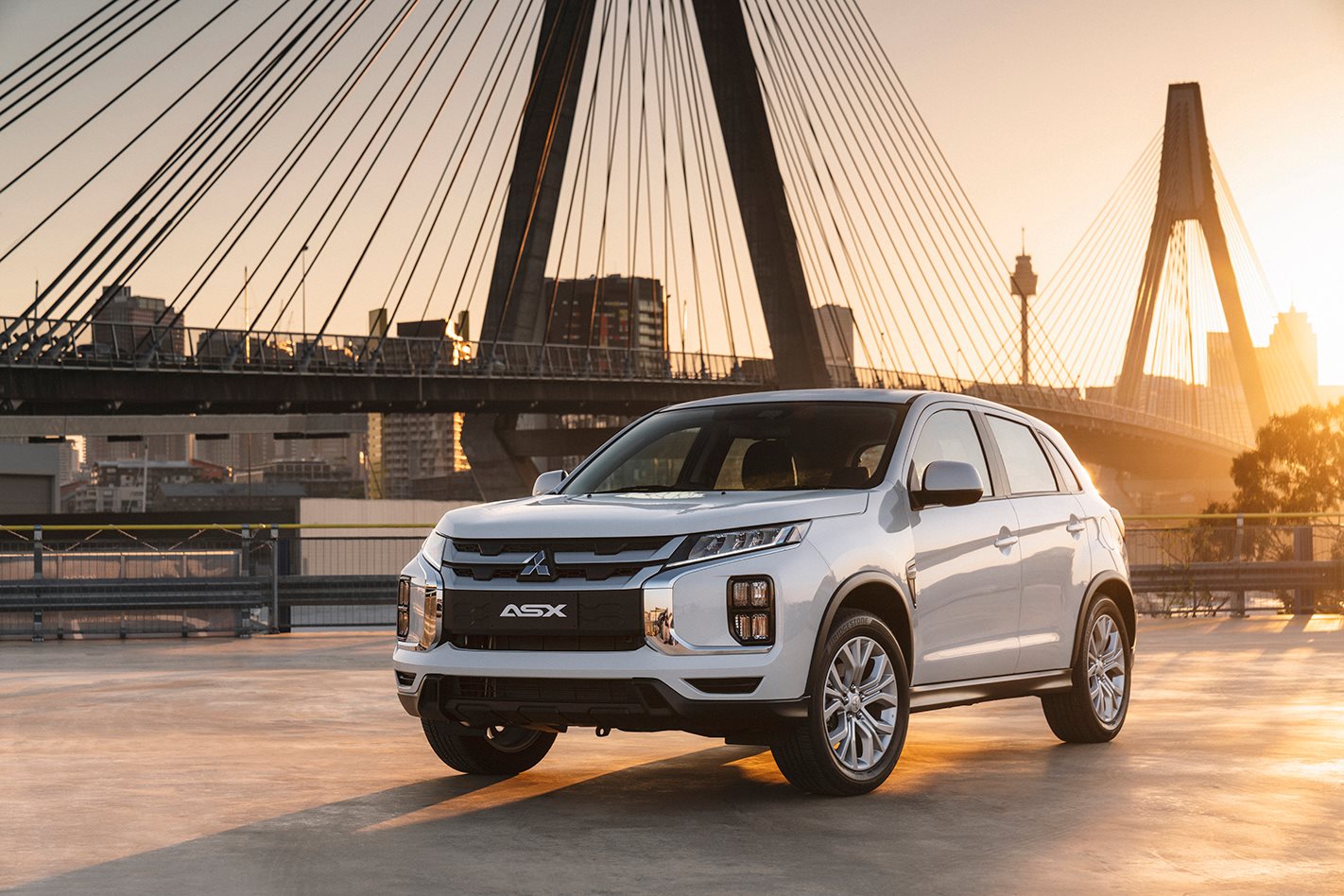
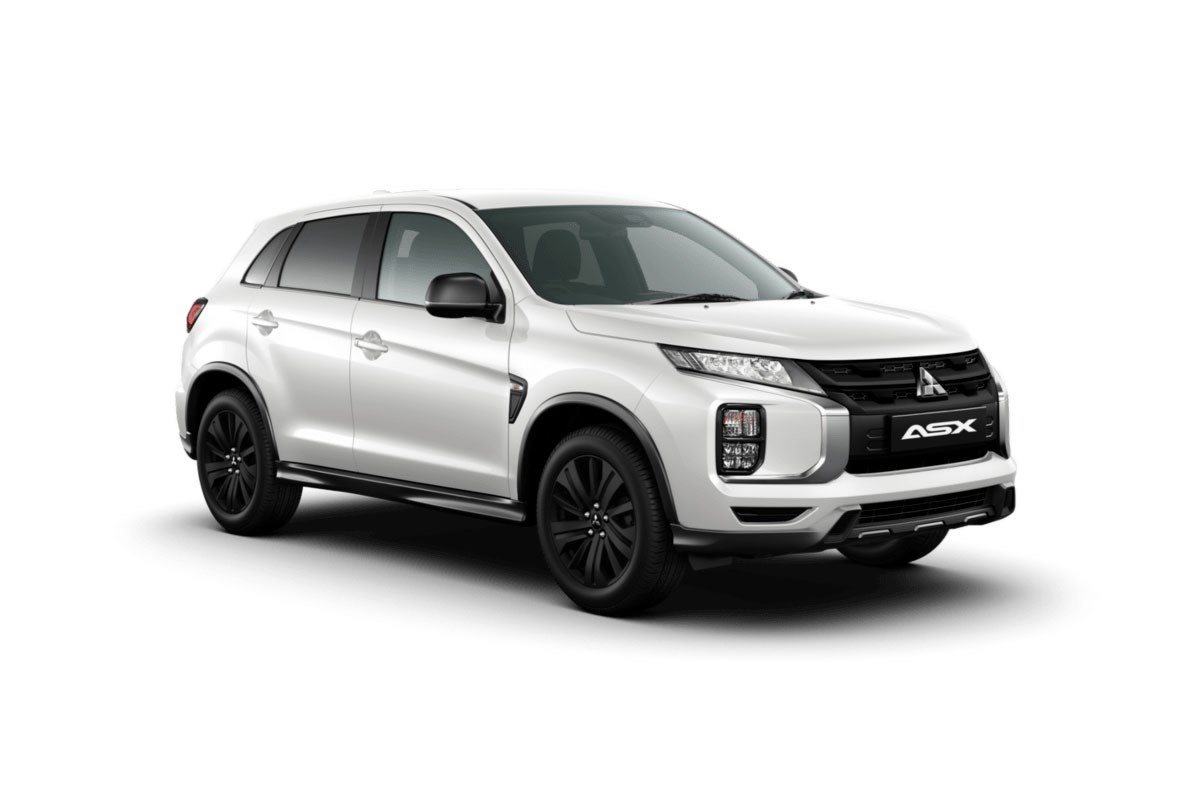
- Leather-appointed steering wheel.
- Shift knob and park brake with red stitching.
- Black alloy wheels, black door mirrors and blackened grille.
- Front fog-lamps.
- Aluminium pedals.
- Keyless entry/start.
- Privacy glass.
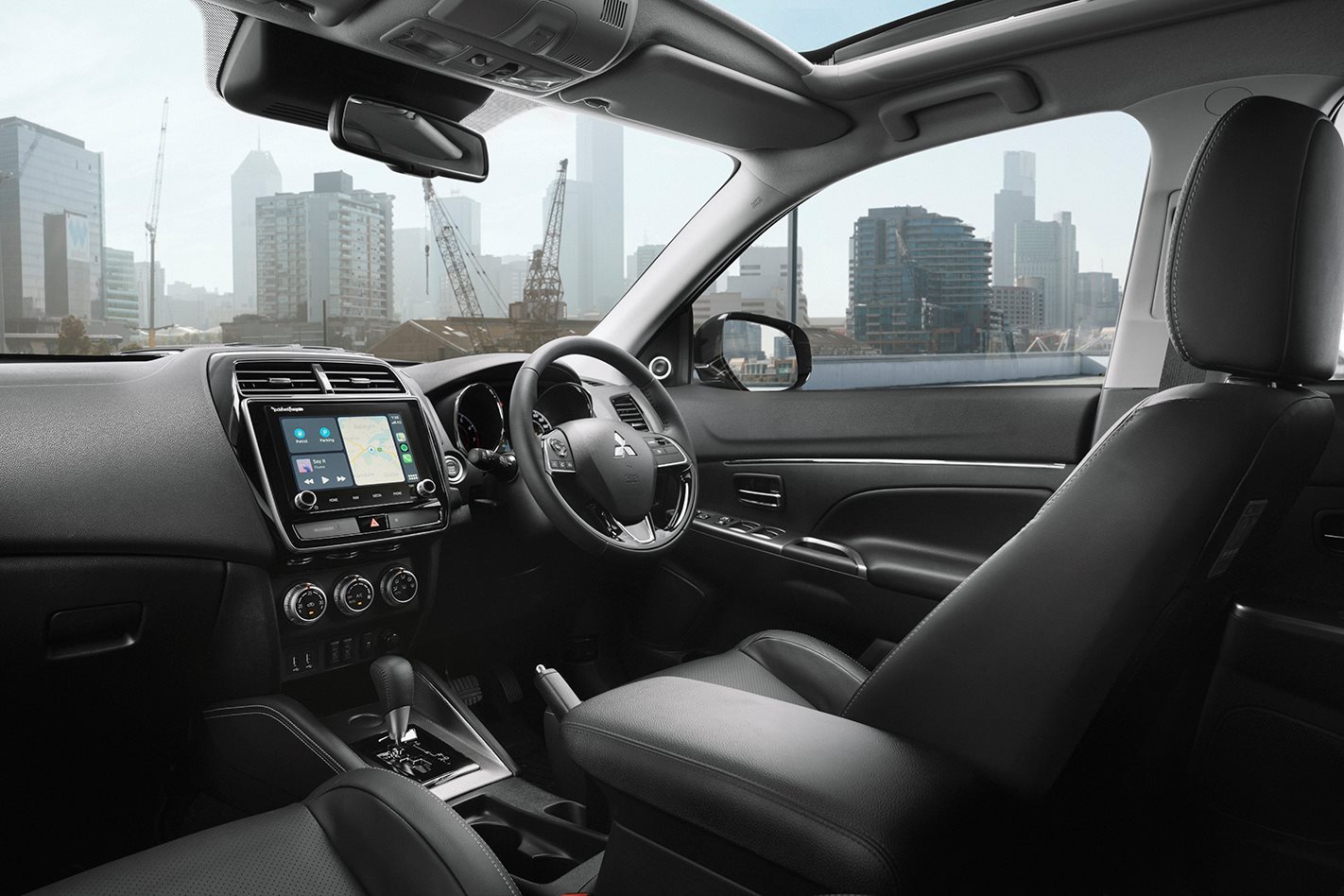
- The 2.4-litre engine.
- More stylish two tone 18-inch alloy wheels.
- Auto-levelling headlights.
- Panoramic sunroof
- Leather-appointed seats.
- Heated front seats.
- Four-way power adjusted driver’s seat.
- TomTom navigation.
- Nine-speaker Rockford Fosgate premium audio.
Does any upgrade have a down side?
One thing that sets the ASX aside from other small SUVs is it’s affordability, which you lose by opting for the more expensive GSR and Exceed versions. If you’re spending more than $32,000 for a small SUV there are plenty of newer rivals worth considering. That said the GSR and Exceed do have the better engine.White is the only standard colour; all other colours cost extra.
How comfortable is the ASX?
The controls and displays in the ASX are logically laid out, from the circular speedo and tachometer to the buttons on the steering wheel for phone and audio functions. A trio of knobs makes it easy to adjust airflow.Up front, the seats are comfy in city driving, but they don’t have much lateral support, which means more bracing with your legs if you’re on a twisting road in the country.
While wind noise is kept at bay, noise from the tyres can be testing on country roads or at freeway speeds.The 2.0-litre petrol engine feels lethargic initially but builds pace enthusiastically once the car gets moving. The 2.4-litre engine is much better and allows the CVT to operate more smoothly as it doesn’t to rev as hard to get up to speed.
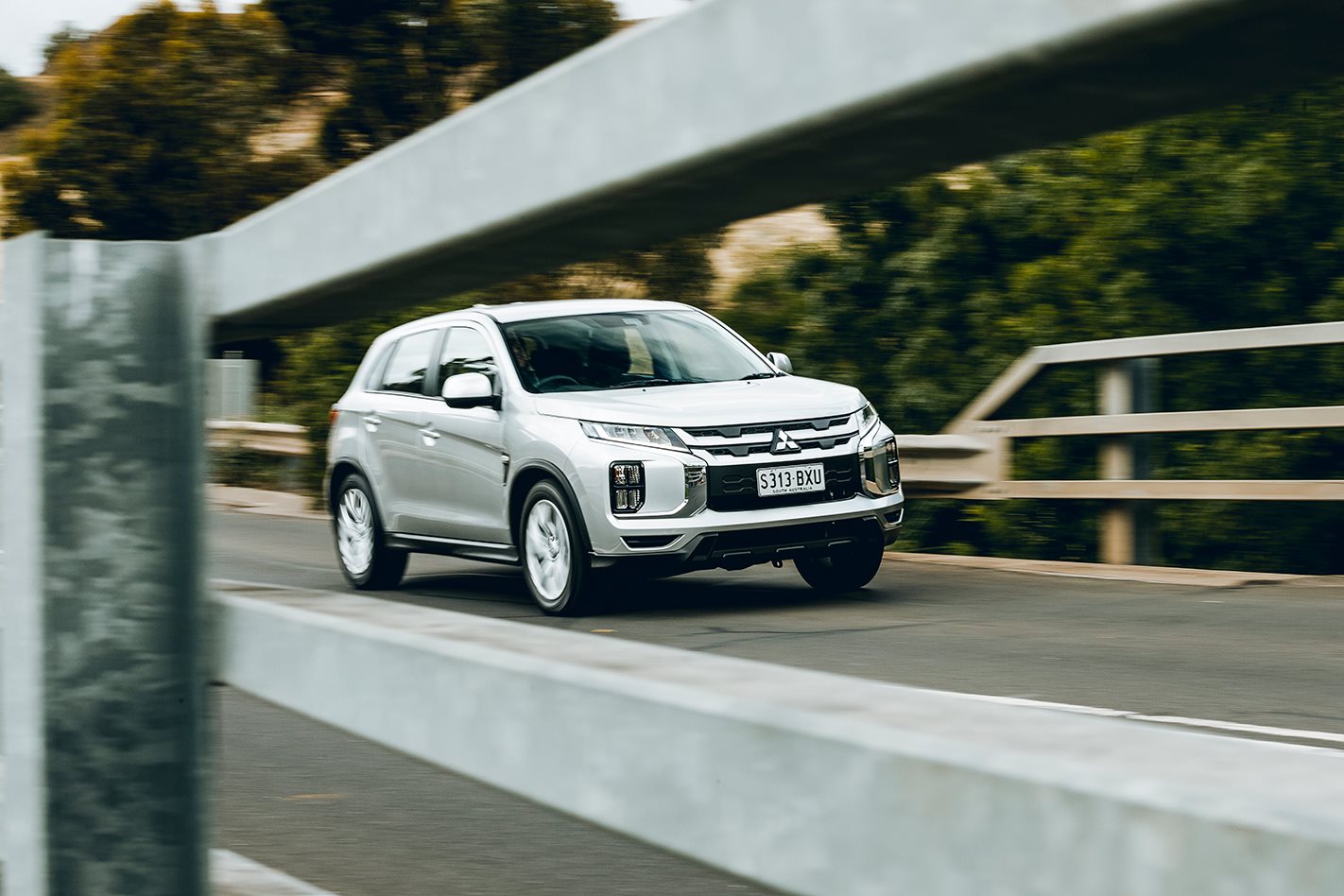
The ASX does a good job of soaking up bumps at open-road speeds. Around town it is less subtle in the way it deals with surface imperfections because of the biggish 18-inch wheels which are surrounded by lower-profile tyres that have less cushioning between the car and road.
What about safety in an ASX?
Every ASX has autonomous emergency braking, anti-lock brakes, stability control, seven airbags, a reversing camera, rear parking sensors, and LED daytime running lights (which make it easier for other drivers to see you).The auto braking on an ASX accepts signals from radar and camera sensors that can also detect pedestrians and cyclists. Mitsubishi says it is effective at preventing or mitigating a collision at speeds up to 80km/h. (It also responds to pedestrians at speeds up to 65km/h.)If it detects a hazard ahead (typically another car that has slowed suddenly), it will intervene in three stages. First, it will sound a warning. If you ignore the warning, it will brake automatically at part pressure. If you ignore that and a collision appears imminent, it will initiate a full-pressure emergency stop.
MORE: Advanced safety systems explainedIn addition, ASX ES and MR with ADAS, LS, GSR and Exceed variants bring you lane-departure warning, rear-cross traffic alert, blind-spot monitor, front fog-lights, dusk-sensing headlights and rain-sensing windscreen wipers.The Lane departure warning uses a camera to monitor road markings. Should you be about to drift into an adjacent lane on the highway without indicating – perhaps from distraction or fatigue – it will trigger an audio-visual warning, and rear-cross traffic alert senses if a car is approaching from either side when you’re reversing.There are two airbags in front of the driver and front passenger; one outside each front seat to protect you at chest level from side impacts; a curtain airbag stretching down each side of the car at head level to protect passengers front and rear from side impacts, and finally an airbag to protect the driver’s knees.The Australasian New Car Assessment Program (ANCAP) has rated the ASX’s safety at its maximum five stars, most recently in November 2016.
I like driving – will I enjoy this car?
The two engines available in the ASX deliver respectable performance without being exciting. The 2.0-litre petrol engine is hamstrung in manual gearbox form by having only five ratios, which don’t always allow you to work it at its optimal speed. The CVT auto does a better job of maximising the propulsion available.The 2.4-litre petrol engine has more urge in everyday driving with the CVT not having to work as hard to find enough power, ensuring good forward progress.

The ASX is predictable through bends but leans significantly when cornering quickly, which sets up more dramatic movement from the body if you are faced immediately with a turn to the opposite side. Steering is light and accurate. You may feel some annoying kickback through the wheel if you hit bumps in the middle of a corner.
Overall, though, the ASX inspires confidence on country roads and freeways. Tyres grip well and the body settles quickly after bumps.
How is life in the rear seats?
Small SUVs are not designed to transport lots of children, but the ASX has more rear-seat space than most, with good head and leg room that makes it viable as a family chariot. Dedicated vents feed cooling or heating to the rear passengers.
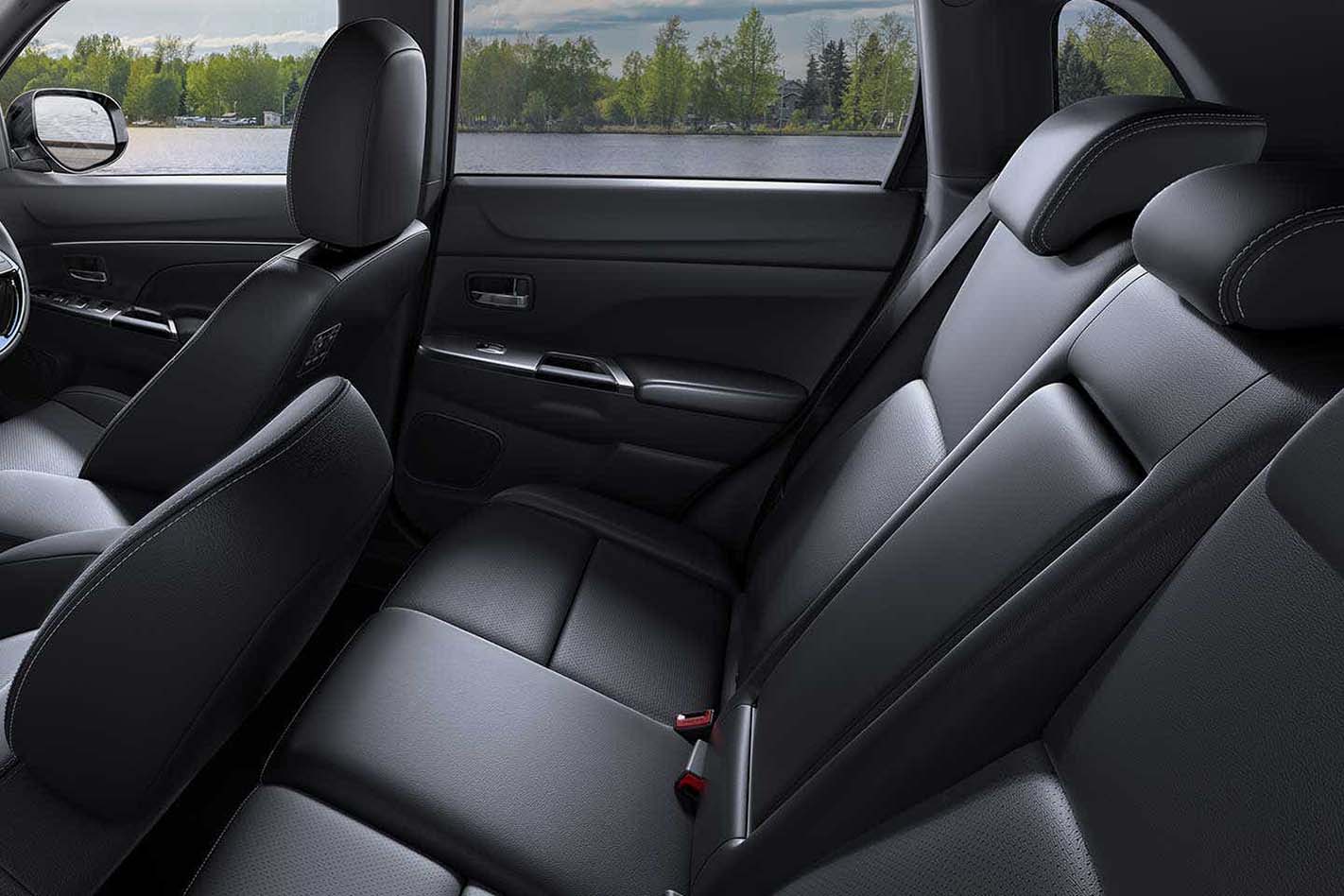
How is it for carrying stuff?
The 393-litre boot is relatively broad, with a wide opening that sits high off the ground, so there’s no need to bend over to lift things out. A 60:40 split-fold rear seatback improves loading flexibility.
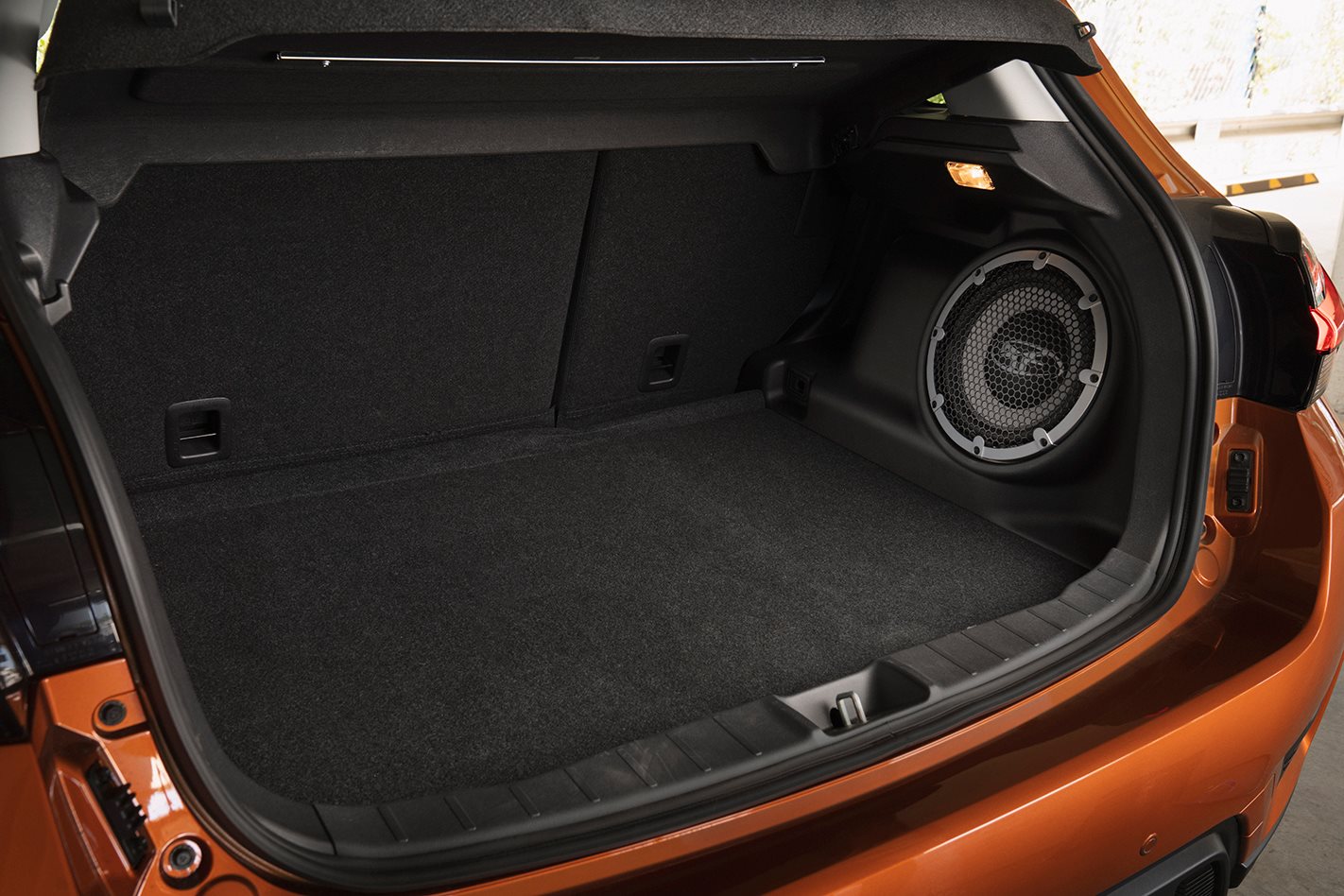
Folding the rear seats down extends load capacity to 1193 litres, with the 60:40 split-fold rear seatback providing loading flexibility.
When folded, the seatbacks are on a slight angle but still create a long load area that will easily accommodate a bicycle.
Pockets in the front doors will cater for a large bottle and other odds and ends. But the centre console’s main open storage is in the twin cup holders. There is a covered binnacle under the central arm rest.
All ASX variants can tow 1300kg.
Where is the Mitsubishi ASX made?
All models of the Mitsubishi ASX are produced in Japan.
What might I miss that similar cars have?
If you can’t afford the ASX Exceed, in-built Satellite navigation that does not depend on your phone, available in a Subaru XV, Hyundai Kona, Toyota C-HR, or Mazda CX-3, for example.Adaptive cruise control, which can slow you to follow cars ahead on the highway, resuming your preset cruising speed when the way is clear. This is standard on a C-HR and Kia Seltos for example.
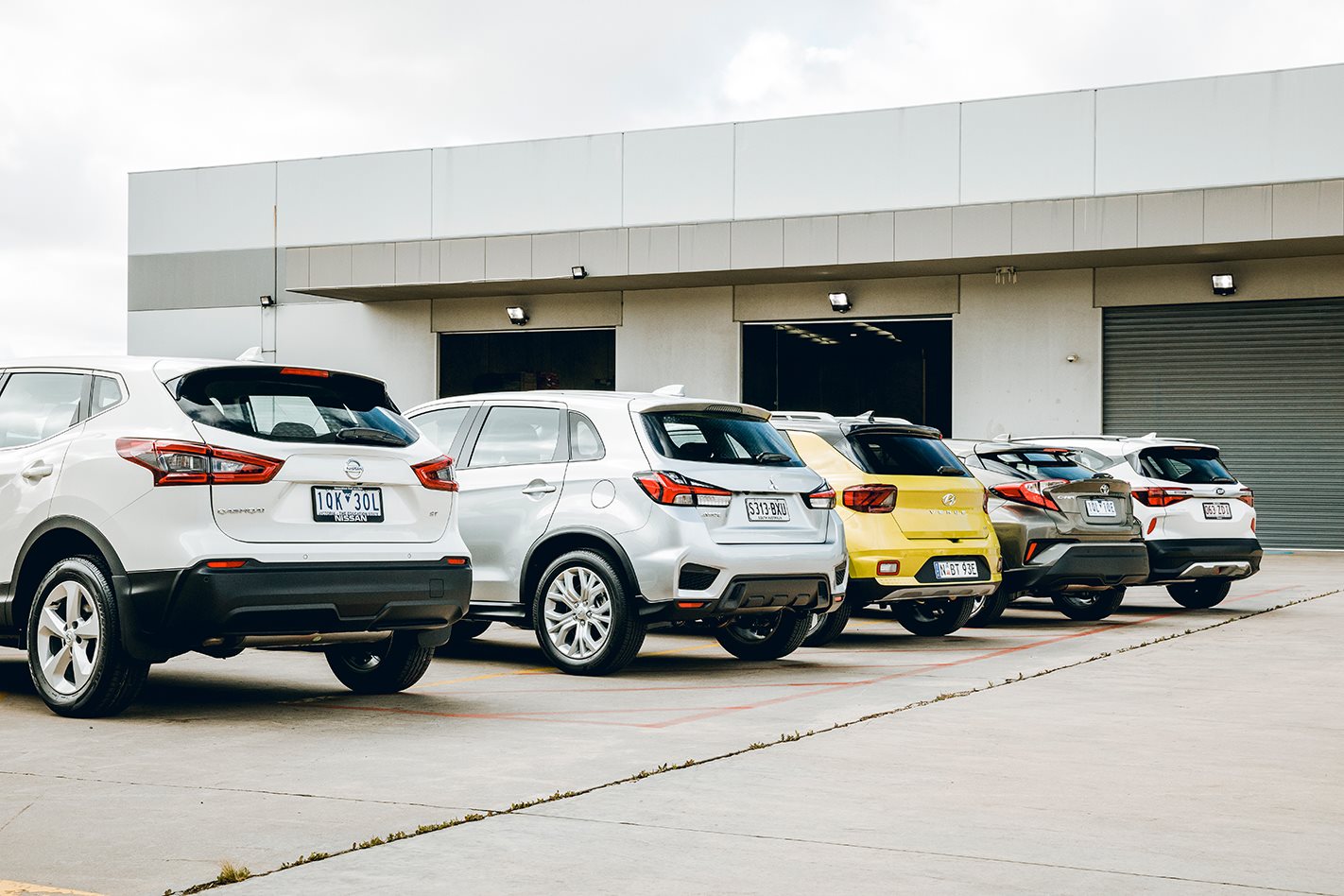
A more efficient and powerful turbocharged engine option as available in Renault Kadjar, Hyundai Kona, Kia Seltos and Honda HR-V.Other small SUVs you might consider include the Suzuki Vitara, Hyundai Venue and the Nissan Qashqai.Funnily enough one of the ASX’s biggest rivals is the Mitsubishi Eclipse, that’s newer, slightly bigger and has plenty more standard features than the ASX but has a considerably higher starting price. Click here to see how they compare.
Are there plans to update the ASX soon?
The current ASX arrived in 2010 and received a significant update in 2012. In June 2015 the wheel size was increased an inch to 18 inches and digital radio reception was added. In November 2016, a very minor facelift brought fresh nose styling, revised interior trim, and adjustments to touchscreen menus.In September 2017 the ASX received a more significant facelift, this time with styling tweaks front and rear (and inside). Support for Apple CarPlay and Android Auto was added to all versions, and Mitsubishi’s ADAS driver-assistance suite, which includes auto braking, was made available. The CD player was dropped, as was satellite navigation.
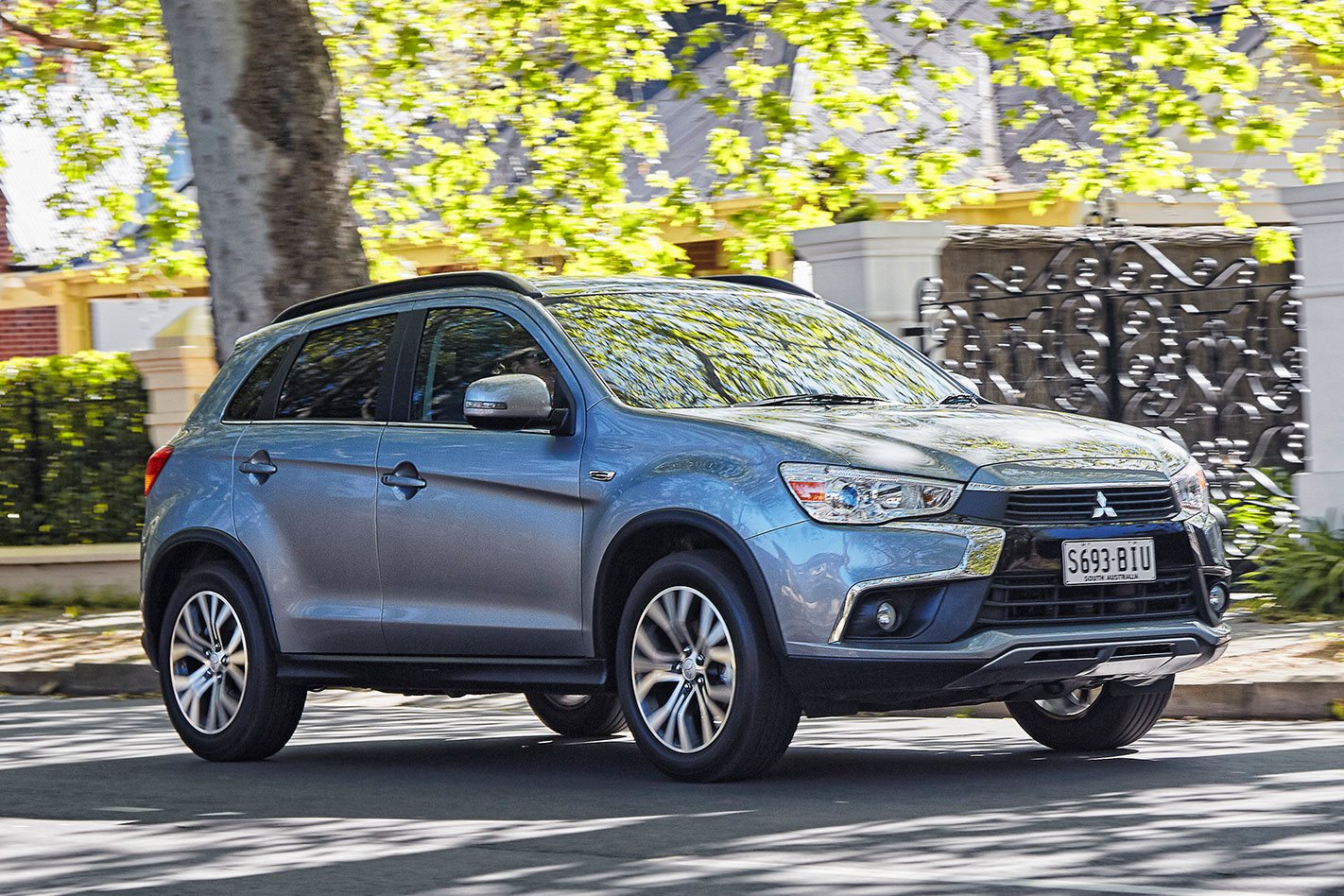
In September 2018 Mitsubishi dropped the ASX versions with the diesel engine and all-wheel-drive for the 2019 model year, and introduced the ES, which became the cheapest ASX. It also introduced a limited-run ASX Black Edition which brought additional features and more aggressive styling to the ES.
The ASX received another Facelift in October 2019, that added newly designed front and rear, and redesigned dashboard area housing a bigger 8.0-inch touchscreen. Two new variants, the MR and GSR were also introduced featuring sporty exterior and interior trim, with the GSR and top-spec Exceed gaining the more powerful 2.4-litre engine. Satellite navigation was brought back, but only for the Exceed.An all-new ASX is under development, but its arrival date is uncertain – don’t expect anything before 2022.
I like this car, but I can’t choose which version. Can you help?
While we prefer the 2.4-litre engine in the GSR and Exceed versions, the ASX’s major advantage is affordability, so we suggest the ASX ES with ADAS which brings you a roomy SUV for the price of a hatchback.
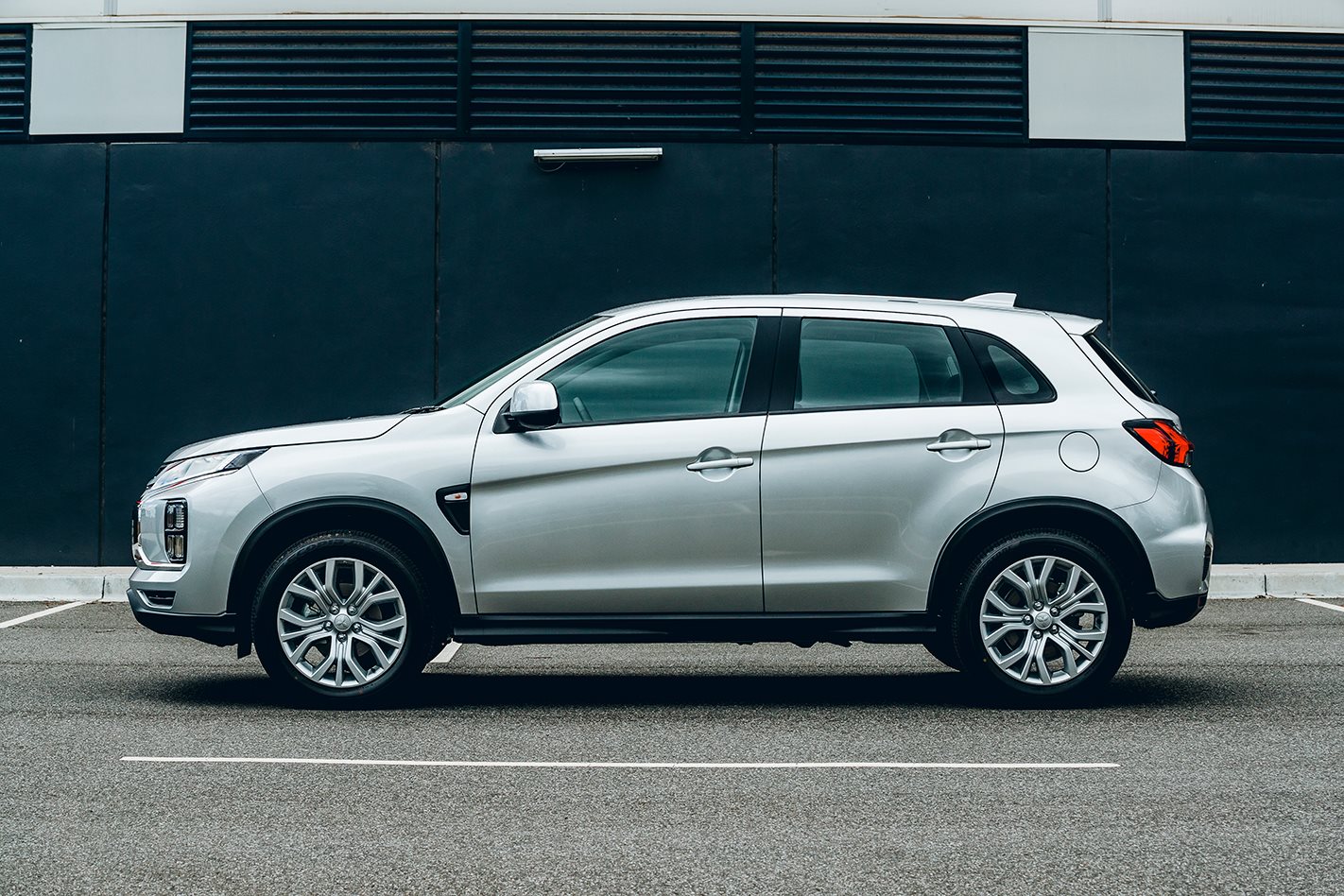
The standard CVT auto does a good job and the ADAS driver assistance suite may help you avoid the sort of in-traffic incident that can ruin your day.
Score breakdown
Things we like
- Affordability, phone integration
- Spacious interior
- Five-year warranty
Not so much
- Dated design, cabin noise, lacklustre 2.0-litre petrol engine



